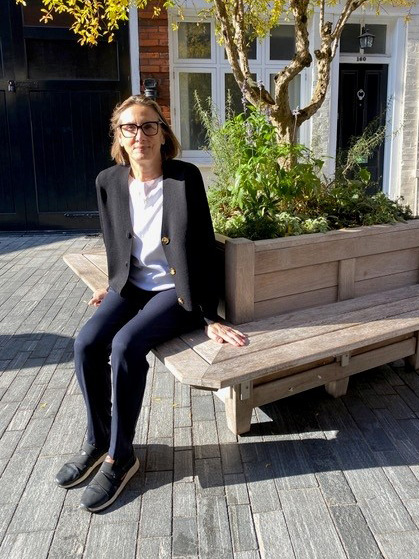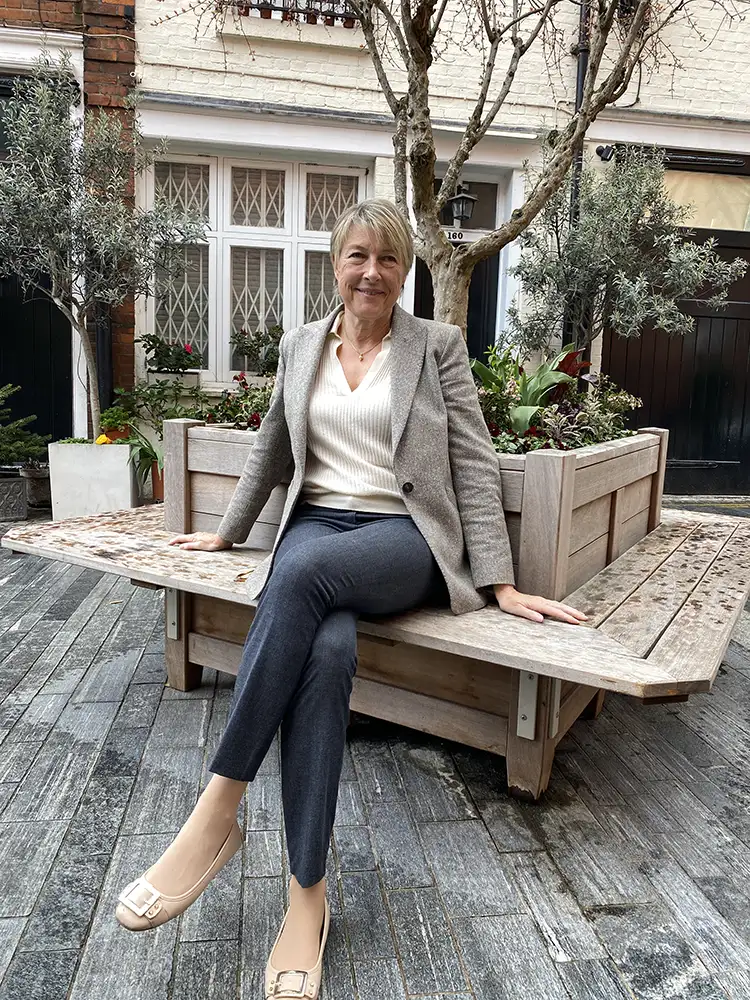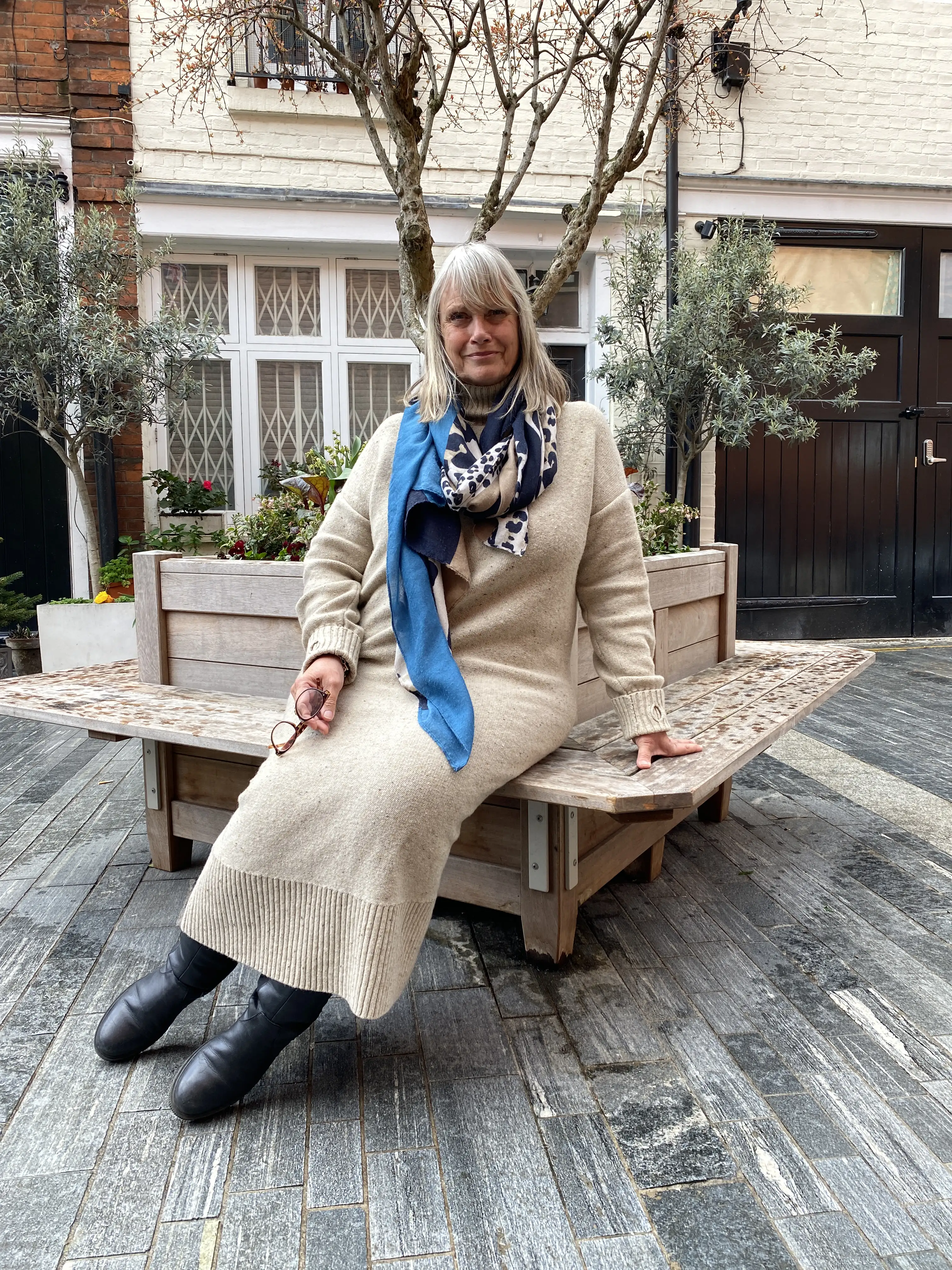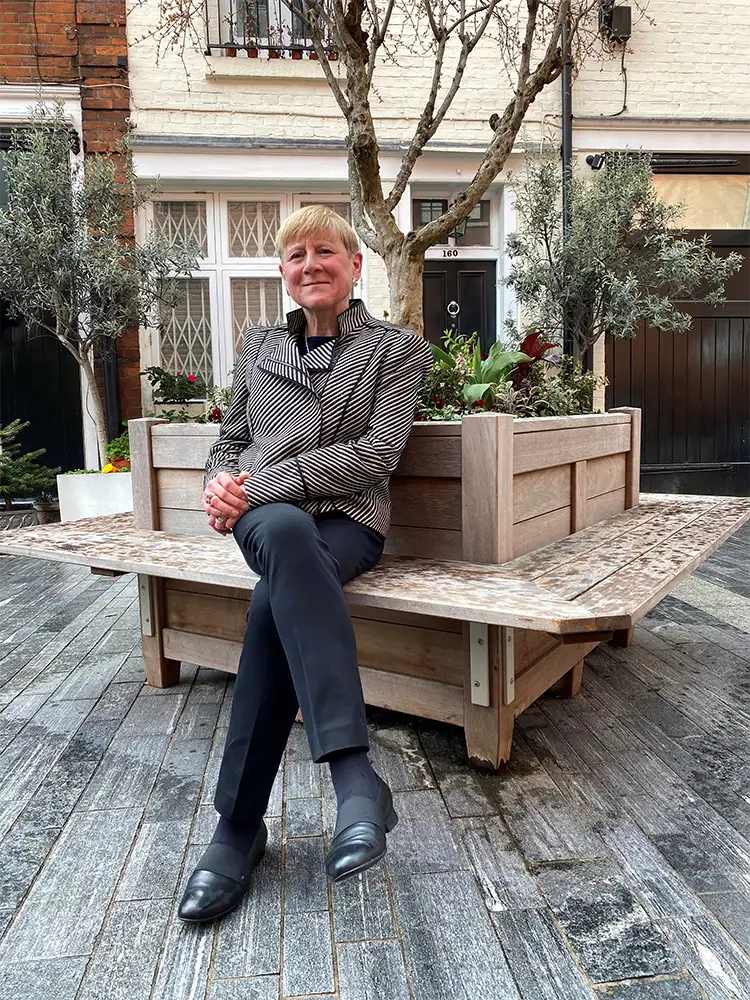 Alison Parkhouse
Alison Parkhouse
Marketing
KEY ROLES
King Edward VII Hospital London (7 years)
Currently a Trustee and Diversity & Inclusion Lead at one of London’s leading private hospitals.
Savills (UK) Ltd (14 years)
Director, Head of Consumer Marketing for the FTSE 250 company with a global revenue of £2.15bn and UK revenue of £925m.
Jago Dean Ltd (6 years)
Founder and MD of leading PR & communications agency in the prime residential property sector
Alison has almost 40 years of experience in marketing and communications, on both the client and agency side, with a career which spans marketing, advertising, public relations and crisis communications.
Advanced strategic, problem solving and creative abilities, combined with high levels communication skills which bring people together around complicated issues create a powerful package.
Alison.parkhouse@deananddonaldson.co.uk
Tel: +44 7771862169


 Caroline Noon
Caroline Noon Chris Cathcart
Chris Cathcart Chris Cleaver
Chris Cleaver Clare Crawshay-Williams
Clare Crawshay-Williams Kim Bell
Kim Bell Mary Fagan
Mary Fagan